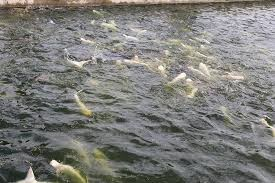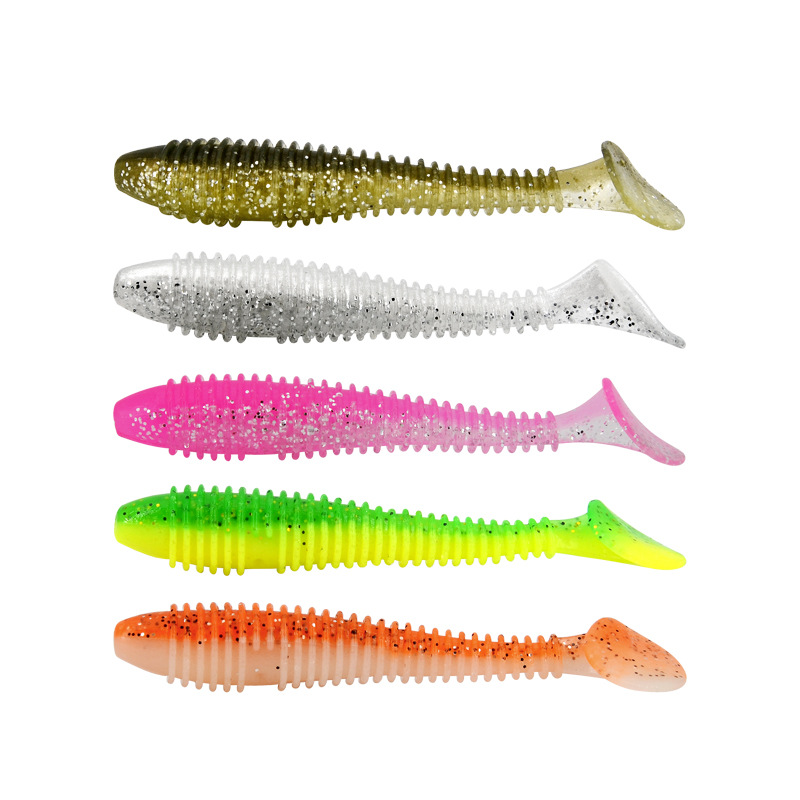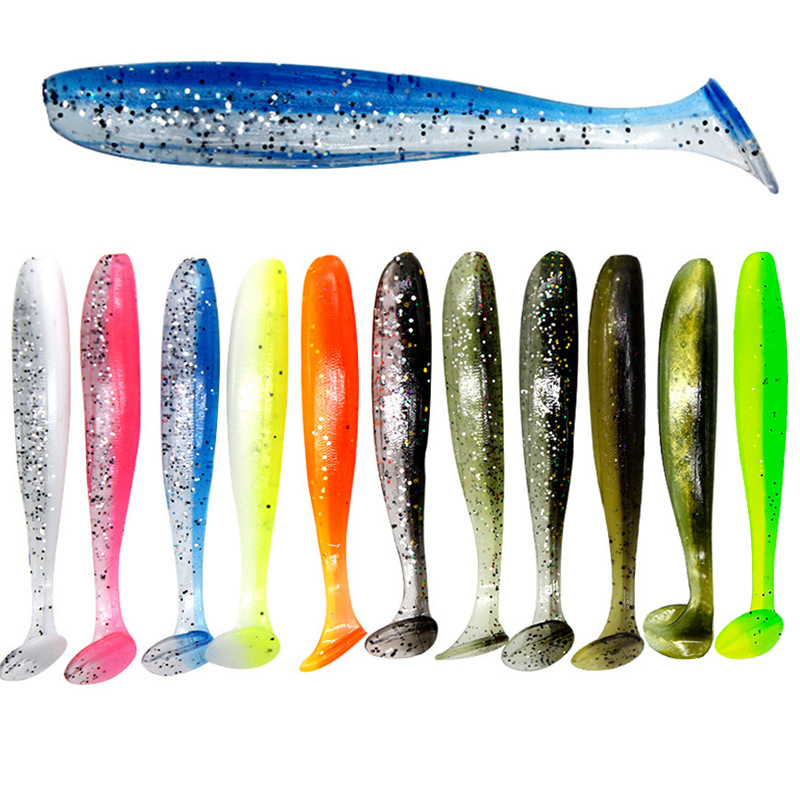Table of Contents
Synopsis: Cold winter weather may deter many anglers:
How to fish for bass in winter?While the winter cold may be difficult for many anglers, seasoned bass fishermen know how to fish for bass in winter, and the frigid temperatures provide a unique opportunity to catch big fish. In this comprehensive guide, we’ll show you how to fish for bass in winter, equipping you with the knowledge and strategies necessary to navigate the icy waters and reap the ultimate winter jackpot.
Learn about winter bass behavior:
TEMPERATURE AND METABOLISM: As water temperatures plummet, bass metabolism slows down, resulting in decreased activity levels and a preference for groggy feeding patterns. Understanding how bass respond to cold conditions is critical to adjusting fishing techniques and attracting fish to the bite.
DEPTH AND STRUCTURE: During the winter months, bass will survive in deeper, more stable water, favoring submerged structure such as rock piles, ledges and submerged vegetation. Identifying these key areas is critical to catching bass in cold conditions.
How to Fish for Bass in Winter:Choose the right lure and bait
SLOW AND SUBTLE PRESENTATIONS: In cold waters, bass favor slow, subtle presentations that mimic their natural prey. Consider using worms, jigs and soft plastic creature baits on light tackle to lure sluggish bass to the bait.
SUSPENDING HAND BAITS: Suspended hand baits are very effective at enticing winter bass to strike because their erratic action closely resembles that of an injured baitfish. Try subtle twitches and pauses to entice wary bass to take the bait.
Tactical tips for winter bass fishing:
PATIENCE AND PERSEVERANCE: Winter bass fishing requires plenty of patience and a methodical approach, as fish bites can be infrequent and subtle. Resist the urge to rush to reel in the fish and concentrate on fishing thoroughly in high probability areas to increase your chances of success.
ADJUST DEPTH AND PRESENTATION: As water temperatures fluctuate throughout the day, bass may change their position in the water column. Stay adaptable by changing the depth and presentation of your lure to match the bass’ preferred feeding areas.




Target transition zones:
TARGETING TRANSITIONAL AREAS: Transitional areas, where shallow flats meet deeper waterways or drop-offs, are natural ambush points for winter bass. Concentrate your efforts in these transition zones by probing for lurking bass waiting to ambush unsuspecting prey.
Safety tips to keep in mind during cold weather:
WEAR ENOUGH CLOTHING TO WARD OFF THE COLD: Prioritize safety and comfort by wearing extra layers of clothing and insulated, waterproof clothing to ward off the winter cold. Pack extra layers of clothing, warm gloves and protective gear to ensure a safe and enjoyable fishing experience.
MONITOR WEATHER CONDITIONS: Remain alert to changing weather patterns and unfavorable conditions that may pose a risk to your safety on the water. Be prepared to adjust your plans accordingly and seek shelter when severe weather threatens.
Summarize:
Winter bass fishing presents a unique set of challenges and rewards for anglers who are willing to brave the cold in pursuit of big bass. By understanding the subtle behaviors of bass in cold water, choosing the right lures and tactics, and prioritizing safety and preparation, you can unlock the secrets of successful winter bass fishing. Armed with these expert tips and techniques, you’ll be ready to embark on a cold weather fishing adventure and catch the bass of your dreams.
